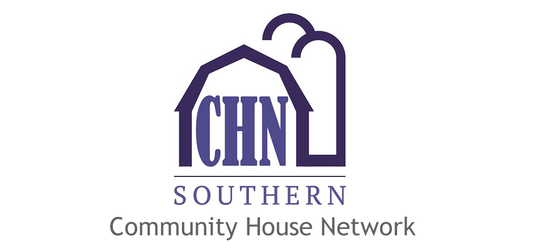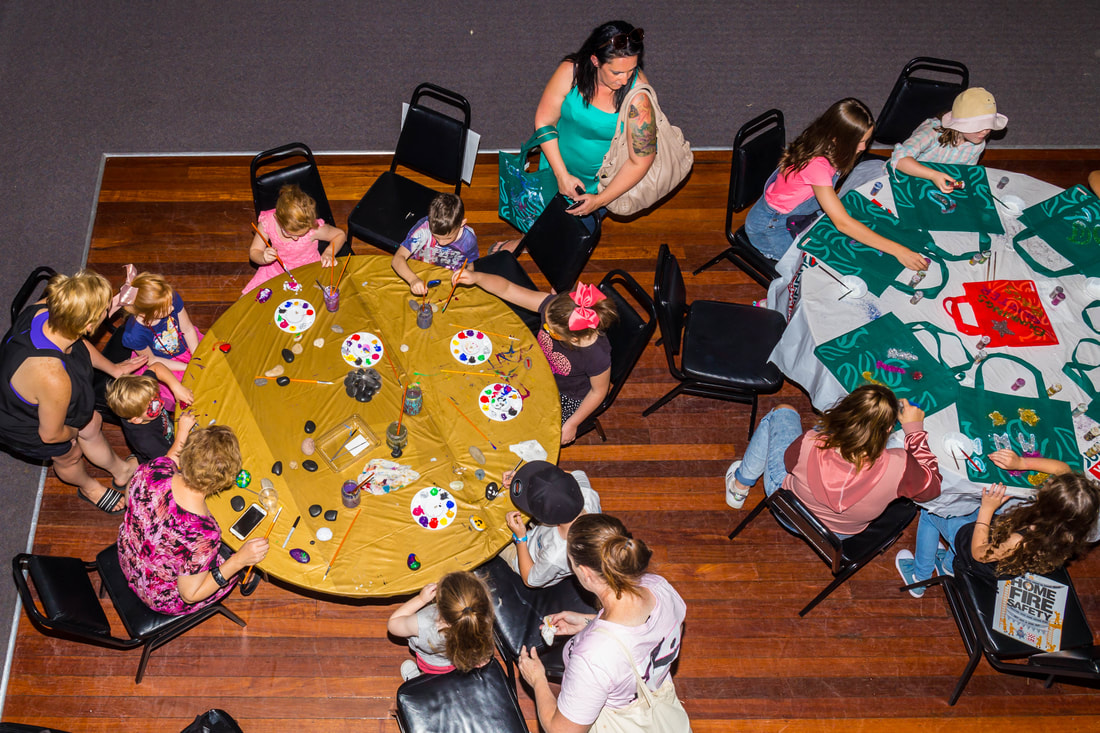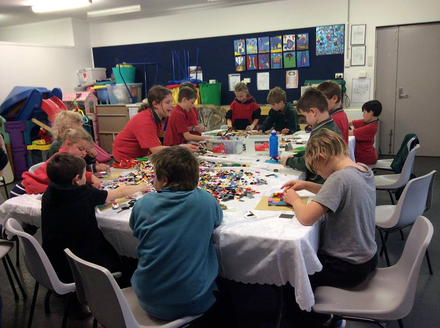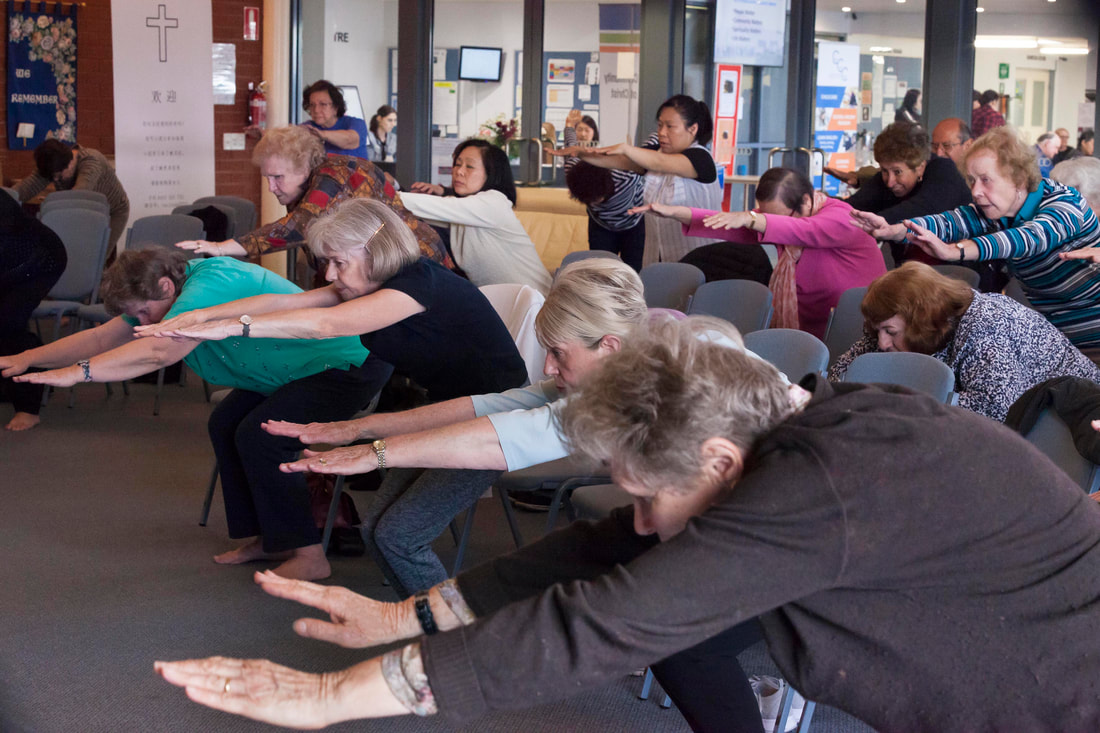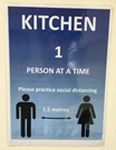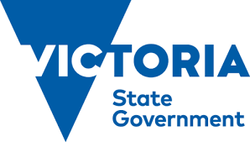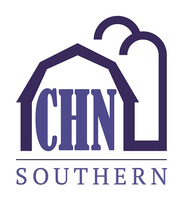Recovery Resources & Process
Current Restrictions
Steps to Reopening
Existing Checklists
The three checklists below offer a range of information to develop your own individual Recovery Checklist. Use what is most relevant for you, cut and paste or develop your own. This guide is to help you work through the actions of the checklist and provide where-ever possible, resources already available, and in the relevant sections.
Governance
Discuss and agree on the plan to start the initial preparations for re-opening or extending your current service provision and relevant dates. You may choose to do a later or gradual opening and stagger your activities. Each house must assess their own capacity and decide on the appropriate timing. Many houses are continuing with their initial plan to reopen in third term 2020.
Staffing
Are your staff coping with the stresses from the last 3 months? Do they need support? What capacity do you have to support them in order to have them feel ready and able to gear up? Does your Manager need time out to recover from the impact of running services throughout the lock-down and managing work forces remotely? Many are getting to the point of overwhelm and may need to take some time off before you increase your services. The workloads have been enormous for many who have had to keep operating parts of the service. e.g. childcare.
Are all of your staff/volunteers prepared to come back? do you need to recruit/replace staff.
Are all of your staff/volunteers prepared to come back? do you need to recruit/replace staff.
Budget / Program / Policy / Communication Review
Budget
|
What has been the impact of Covid19 financially? What is your bottom line? How will this impact on your capacity to reopen? Will you have the resources to meet operating costs? Will you be able to pay activity/tutor costs with limited numbers in programs? Are the numbers restricting all your programs if you operate a small house? Identify options for blended delivery and/or new opportunities.
|
The template below will allow you to quickly calculate your current income against your outgoings to see how far your money will go. It was done before Jobkeeper payments and other grants so if you received them, add them in and it will give you your bottom line financially. This will help you decide what programs you can run and/or what income you would need from those programs, to remain viable.
Procedures / Policies
A procedure (and training) in place if a staff member or one of their close relatives is found to have COVID-19 symptoms or is diagnosed positive?
- If this were to happen, do you have a procedure in place to disinfect the workplace and a communication plan to your community?
- Do you have a protocol in place to reopen your workplace after a potential quarantine?
- Do you have a policy regarding how you will control the numbers allowed in each group? Eg prior bookings.
- Does your grievance policy cover complaints if people are turned away?
Review of each activity
Create a list of your in-house activities, room hire bookings and other groups with the maximum number of participants that would normally attend in each group. It may help to do this in a calendar format so you can see the previous timetable and what changes you will need to make to allow for the social distancing and capacity rules.
Review of each room hire group
Communicate with the tutors/facilitators to document the number of participants in the room hire groups and determine which ones will be able to return or move to a larger room if possible. You may find some tutors will not want to return to face to face activities.
Overall Program Review
|
Working on your list and the calendar to identify:
|
Program Viability
For each activity that can return in some capacity, you will need to review the financial viability of the group
Program costing calculator (one with notes merged)
If you have any Grant money or can apply for a grant to keep an activity going, it is worth considering. Sometimes if you have an existing grant that cannot be completed due to the shutdown, explore if it can be transferred to your program running costs.
You could also look into the option of blended learning where you can hold the class in your centre but also have it on Zoom at the same time for anyone at home wanting to attend.
- What is the running cost of each class, (venue, equipment, staff, tutor etc.)
- What is the revenue and what is the net income of each class?, (You may already have this on file but the figures will change due to the higher costs of cleaning, staffing, equipment etc. and the fact that you may have lower numbers of participants in some groups).
Program costing calculator (one with notes merged)
If you have any Grant money or can apply for a grant to keep an activity going, it is worth considering. Sometimes if you have an existing grant that cannot be completed due to the shutdown, explore if it can be transferred to your program running costs.
You could also look into the option of blended learning where you can hold the class in your centre but also have it on Zoom at the same time for anyone at home wanting to attend.
Communications |
Prepare messaging for your website, newsletters and social media to communicate to the public your approach to reopening and the measures you are putting in place to ensure their safety. Ensure all staff know your “message” and it is always communicated to avoid any confusion or mixed messages. Tutors, facilitators, staff, volunteers or other main stakeholders will need consultation on the results of your program review.
Management, Staff & Volunteers
Talk to your Staff
Stay across authoritative sources and provide information to workers about the measures you are planning to take to minimise the risk of exposure to COVID-19 in the workplace. Ensure you read all correspondence and updates from DHHS & NHVic and convey updates in staff meetings.
Resources available from:
Resources available from:
- Department of Health
- Work-safe Victoria
- St John Victoria
Think about your work spaces
Do you need to review your existing policies and practices? Can people continue to
work from home if necessary and do they have a safe environment to do so? If working in the office, desks/chairs will need to be spaced, taped off or put in storage.
Can some staff work on different shifts? Instruct staff to have meetings by phone or online instead of in person if possible.
Ensure all deliveries to your venue are contactless.
https://www.safeworkaustralia.gov.au/covid-19-information-workplaces/industry-information/general-industry-information/working-home
work from home if necessary and do they have a safe environment to do so? If working in the office, desks/chairs will need to be spaced, taped off or put in storage.
Can some staff work on different shifts? Instruct staff to have meetings by phone or online instead of in person if possible.
Ensure all deliveries to your venue are contactless.
https://www.safeworkaustralia.gov.au/covid-19-information-workplaces/industry-information/general-industry-information/working-home
Train staff on new procedures and practices
The basics of keeping viral infections out of the workplace, washing hands, covering coughs and sneezes, social distancing, cleaning and disinfecting high-touch surfaces regularly, stay at home if you are sick etc.
Instruct staff to limit contact with others – no shaking hands or touching objects unless necessary. Incorporate infection control training as part of their PD.
Here's some resources for training:
Instruct staff to limit contact with others – no shaking hands or touching objects unless necessary. Incorporate infection control training as part of their PD.
Here's some resources for training:
- The Department of Health has some great videos and posters. There are also 2 easy online infection control options both focused on workplace infection control and both provide participant with a certificate after completing short quiz upon completion.
- St John’s Ambulance E-Learning – workplace Infection Control (AWWlC1) $25.00 Focus cold & flu not COVID specific.
- Australian Gov Covid19 training
FREE 45 minute session focused on COVID19 infection control in workplace. First half is very simple and most people would know already however having the information will help answer questions when re-opening, second half dispelling rumours is also helpful. This is interactive presentation with audio
Review control measures
Ask your team to keep a close eye on compliance and report any concerns.
Do you need one or more staff members to be your infection prevention nominated representatives?
Review how your staff are coping in the workplace and if there needs to be any changes to practices?
Do you need one or more staff members to be your infection prevention nominated representatives?
Review how your staff are coping in the workplace and if there needs to be any changes to practices?
Preparation of Venue
Measure Areas
|
Do a walk-through of your workplace with a tape measure and write down the dimensions of all enclosed spaces.
Work out how many participants you can have in each of your rooms. To achieve the 4 square metre ‘rule’ you would:
|
You will need to measure the whole building by adding up the total area using formula above – rooms, hallways, outside areas to calculate how many people you are able to have in the building at one time, This may also mean you have markings outside the entrance so people can wait in line using social distancing measures
Room & Building Capacity
Create a document with each room and the capacity of people allowed at any one time.
Make a note of the maximum number of people you can have in the building at one time
Make a note of the maximum number of people you can have in the building at one time
Making up Floors
You may need to mark out the floor of your rooms in 4 metre square blocks with tape.
You may need to mark the floor in areas where visitors line up or sit and wait while a class is on. Move chairs 1.5 metres apart, tables, de-clutter spaces, set up training rooms using the social distancing rules and marking floors if needed.
If you wanted to use tape, the following suppliers could be useful:
You may need to mark the floor in areas where visitors line up or sit and wait while a class is on. Move chairs 1.5 metres apart, tables, de-clutter spaces, set up training rooms using the social distancing rules and marking floors if needed.
If you wanted to use tape, the following suppliers could be useful:
Entry / Exit
Is there any way visitors can enter through one door and exit through another? If not, mark out floor for visitors to keep on the left and 1.5 metres apart.
Contact Tracing sign in sheet at entrance
Prepare a sign in sheet to record names and contact numbers of all visitors to your building- Date, time in/out, name, contact number. This sheet can be used for contact tracing if you do have a visitor diagnosed with COVID-19.
Decide if you have container of clean pens and another for used pens beside this list. Do staff take details on entry? You may also need visitors to use sanitiser before signing in. Huses need to also protect the privacy of Members attending as many are collecting information not collected previously in the event of a trace. Declare why you are collecting the information and how you will store it and who will be provided with the information. Place information about the Covidsafe app around the Centre and encourage people to sign up. (Encourage only. This is not an option you can reinforce). In the event of a member contracting the virus direction must be sought from the Department's contract Tracer. As incidents are being assessed on a case by case basis, any deep clean requirements or other requirements will be advised.
Decide if you have container of clean pens and another for used pens beside this list. Do staff take details on entry? You may also need visitors to use sanitiser before signing in. Huses need to also protect the privacy of Members attending as many are collecting information not collected previously in the event of a trace. Declare why you are collecting the information and how you will store it and who will be provided with the information. Place information about the Covidsafe app around the Centre and encourage people to sign up. (Encourage only. This is not an option you can reinforce). In the event of a member contracting the virus direction must be sought from the Department's contract Tracer. As incidents are being assessed on a case by case basis, any deep clean requirements or other requirements will be advised.
Print out and laminate signs
Make signs as visual as possible with images and not many words – we are being overwhelmed with information.
Sign on door of every room, including storerooms, office, staff room, kitchen etc.
Sign on main front entry door with maximum capacity allowed in building
‘Stop the Spread’ or washing hands signs on bathroom doors, kitchen area etc.
Tape on floor to ensure 1.5 metres between visitor and reception
Sign on door to any outdoor areas, especially if they are enclosed
NHVic: Print out this editable signage (will open in word) prepared to assist you in communicating the measures in place. MISSING LINK
Sign on door of every room, including storerooms, office, staff room, kitchen etc.
Sign on main front entry door with maximum capacity allowed in building
‘Stop the Spread’ or washing hands signs on bathroom doors, kitchen area etc.
Tape on floor to ensure 1.5 metres between visitor and reception
Sign on door to any outdoor areas, especially if they are enclosed
NHVic: Print out this editable signage (will open in word) prepared to assist you in communicating the measures in place. MISSING LINK
Cleaning
Resources
Sanitising station at entry of centre
Decide if you use a Touch free sanitiser unit above child height, or have a pump container on table with signs at entry, exit and heavily used areas. Some people do not like to use sanitiser so ensure you have an option for them to use the bathroom to wash hands on entry and exit
Stock up on cleaning and hygiene products.
Stock up on cleaning and hygiene products.
Surface cleaning- have a roster for cleaning and disinfecting surfaces
Special wholesale prices excluding GST and available to CHNSR members.
750ml – $8.00 – ($10.66 per litre)
1 litre – $9.50 -
5 litre – $44.10 – ($8.82 per litre)
20 litre – $160.00 – ($8.00 per litre)
750ml – $8.00 – ($10.66 per litre)
1 litre – $9.50 -
5 litre – $44.10 – ($8.82 per litre)
20 litre – $160.00 – ($8.00 per litre)
Room cleaning checklist
You will need to prepare and display a cleaning checklist for all tutors/facilitators/volunteers and staff if they are using a room. There will also need to be individual training on this check-list and you will need to be able to provide the cleaning equipment needed to carry out the tasks. Use of dishwasher for all cutlery and crockery or do staff and visitors bring their own? or do you use disposable?
Other surfaces
Encourage staff to clean personal property that comes to work, such as sunglasses, reading glasses, phones, technical equipment. Have appropriate wipes available if they need them.
